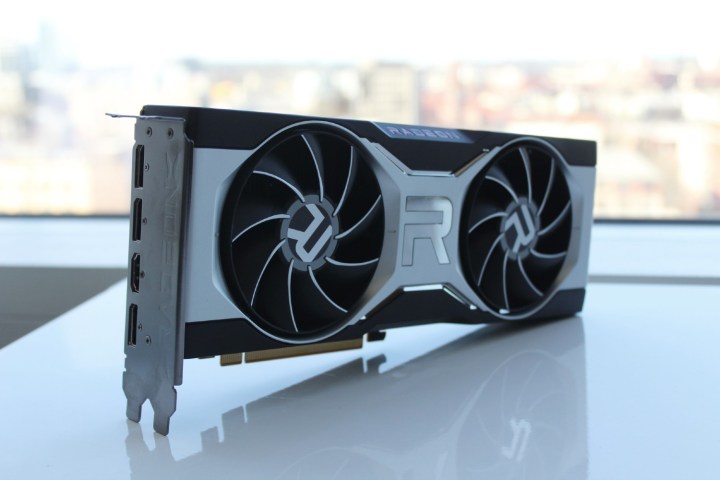
Despite the vast difference in market share, AMD’s GPUs continue selling very well — in some places, they’re actually more sought-after than Nvidia’s best graphics cards. However, we’re not talking about AMD’s flagship RX 7900 XTX here. In fact, the latest sales figures show that AMD might be its own fiercest competitor.
As is often the case, today’s insight into the GPU market comes from TechEpiphany on Twitter, who reports on the sales numbers for Mindfactory, a German retailer. This week’s report shows an interesting trend: while those who prefer Nvidia largely seem to have switched over to the RTX 40-series, AMD enthusiasts are still mostly sticking to last-gen cards. It’s really no wonder that shopping for a GPU is such a headache despite the abundance.
At the top of the list sits the RTX 4070, which is one of the few Nvidia GPUs in this generation where the performance and price align and create something worth the money. Having sold 460 units, it beats AMD’s RX 6700 XT (400 units) and RX 6800 XT (240 units, which is the same as the RTX 4070 Ti). The budget-friendly RX 6600 scored 230 sales in that week, followed by the high-end RTX 4090. Only then do we get AMD’s top graphics card, the RX 7900 XTX, but it sold the exact same number of units as the last-gen RX 6950 XT.
https://twitter.com/TechEpiphany/status/1690810881733468160
That brings us to an interesting observation: AMD’s cards are selling well, but the previous generation is just too competitive in price and performance for the new gen to have a chance to shine. The RX 6950 XT currently costs around $350 to $400 less than the RX 7900 XTX, so even though it means a bit worse performance in ray tracing and even overall, the new card just might not have enough of a lead on its predecessor to justify a $400 increase in price. This is reflected in the sales numbers. Even AMD’s budget-friendly RX 7600 didn’t manage to beat its last-gen competitor; in fact, it only sold 40 units.
Overall, while the AMD side of the sales figures is comprised mainly of last-gen RDNA 2 cards, many of Nvidia’s current-gen GPUs are selling, although in smaller numbers. The RTX 4060 Ti sold a combined 160 units, which is a lot, considering that the GPU doesn’t offer the best performance per dollar out of the entire lineup. AMD’s diminished RDNA 3 presence could also just be due to the fact that it only has three GPUs out right now. Meanwhile, Intel’s Arc Alchemist sales continue to be negligible.
This is just a small sample of the GPU market, so the situation in the U.S. might be different. However, it’s true that AMD’s last-gen cards are often a better deal. Perhaps AMD is intentionally trying to get rid of its last-gen cards before adjusting the price of current-gen offerings, or maybe it will stick to the $1,000 price tag for its flagship. However, it might be hard to get it to sell when its last-gen counterpart is such a strong GPU sold at a highly competitive price.




